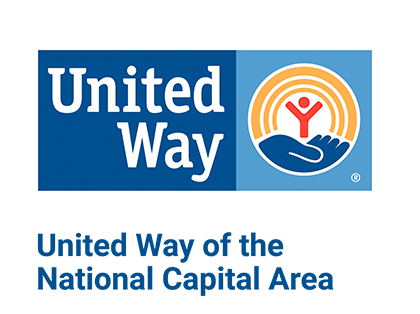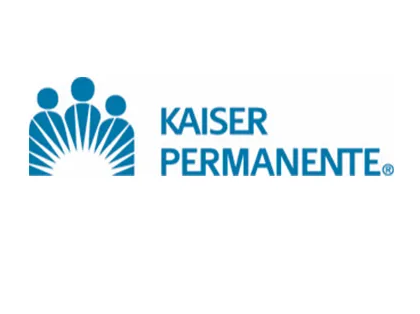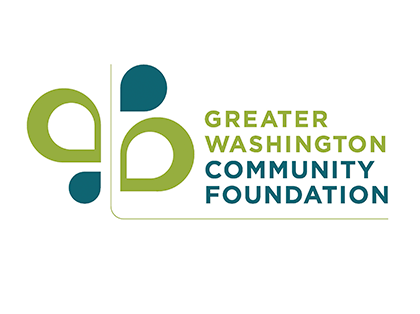Research Center
D.C. Metro Area
We all know people who are ALICE: Asset Limited, Income Constrained, Employed — earning more than the Federal Poverty Level, but not enough to afford the basics where they live.
ALICE households and households in poverty are forced to make tough choices, such as deciding between quality child care or paying the rent — choices that have long-term consequences not only for their families, but for all.
See the sponsors who make this work possible.
D.C. Metro Area
County Reports 2022
Counties are the core geography for ALICE data: They reveal variations often masked by statewide averages, and the data is reported regularly and reliably.
Use the tool below to see an overview of financial hardship by county. This profile highlights key aspects of local economies, including details related to regional demographics, the cost of living, and the labor landscape.
Learn More
To see combined data for two or more counties, use the ALICE Budgets, Demographics, and Labor Force pages
ALICE IN COUNTY
ALICE is an acronym for Asset Limited, Income Constrained, Employed — households that earn more than the Federal Poverty Level, but less than the basic cost of living for the county. While conditions have improved for some households, many continue to struggle, especially as wages fail to keep pace with the rising cost of household essentials (housing, child care, food, transportation, health care, and a basic smartphone plan). Households below the ALICE Threshold — ALICE households plus those in poverty — can’t afford the essentials.
Financial Hardship Has Changed Over Time in D.C. Metro Area
As circumstances change, households may find themselves below or above the ALICE Threshold at different times. Use the buttons below to switch between ALICE data over time by number and percentage.
- NUMBER OF HOUSEHOLDS
- PERCENTAGE OF HOUSEHOLDS








Financial Hardship is Not Equally Distributed
By total number, groups with the largest population of households below the ALICE Threshold tend to also be in the largest demographic groups. However, when looking at the proportion of each group that is below the ALICE Threshold, it is clear that some groups are more likely to be ALICE than others.
Households by Race/Ethnicity, D.C. Metro Area, 2022
There were also differences in financial hardship by household type and age of householder.
- HOUSEHOLD TYPE
- AGE OF HOUSEHOLDER
The Cost of Basics Outpaces Wages
The Household Survival Budget reflects the minimum cost to live and work in the current economy and includes housing, child care, food, transportation, health care, technology, and taxes. It does not include savings for emergencies or future goals like college or retirement. In 2022, household costs in every county in D.C. Metro Area were well above the Federal Poverty Level of $13,590 for a single adult and $27,750 for a family of four.
The Labor Landscape is Challenging for ALICE Workers
A small portion of adults (16 years and older) in D.C. Metro Area were unemployed and a large number were working in 2022. However, a substantial portion of both full and part-time workers are paid by the hour; these workers are more likely to have fluctuations in income and less likely to receive benefits.
Labor Status, Population 16 and Over, D.C. Metro Area, 2022
Financial Hardship Varies by Location in D.C. Metro Area
There is substantial variation in the number of households who live below the ALICE Threshold within the county. Explore the map and table below to learn more. The map is shaded to show the percentage of households that are below the ALICE Threshold (poverty-level and ALICE households combined). The darker the blue, the higher the percentage.
Learn More
See what partners across the country are doing to improve life for ALICE households on our ALICE in Action page.
State Sponsors



D.C. Metro Area
County Reports 2022
ALICE IN COUNTY
ALICE is an acronym for Asset Limited, Income Constrained, Employed — households that earn more than the Federal Poverty Level, but less than the basic cost of living for the county. While conditions have improved for some households, many continue to struggle, especially as wages fail to keep pace with the rising cost of household essentials (housing, child care, food, transportation, health care, and a basic smartphone plan). Households below the ALICE Threshold — ALICE households plus those in poverty — can’t afford the essentials.
Financial Hardship Has Changed Over Time in D.C. Metro Area
As circumstances change, households may find themselves below or above the ALICE Threshold at different times.
Number of Households
Percentage of Households
Financial Hardship is Not Equally Distributed
By total number, groups with the largest population of households below the ALICE Threshold tend to also be in the largest demographic groups. However, when looking at the proportion of each group that is below the ALICE Threshold, it is clear that some groups are more likely to be ALICE than others.
Households by Race/Ethnicity, D.C. Metro Area, 2022
There were also differences in financial hardship by household type and age of householder.
The Cost of Basics Outpaces Wages
The Household Survival Budget reflects the minimum cost to live and work in the current economy and includes housing, child care, food, transportation, health care, technology, and taxes. It does not include savings for emergencies or future goals like college or retirement. In 2022, household costs in every County in D.C. Metro Area were well above the Federal Poverty Level of $13,590 for a single adult and $27,750 for a family of four.
The Labor Landscape is Challenging for ALICE Workers
A small portion of adults (16 years and older) in D.C. Metro Area were unemployed and a large number were working in 2022. However, a substantial portion of both full and part-time workers are paid by the hour; these workers are more likely to have fluctuations in income and less likely to receive benefits.
Labor Status, Population 16 and Over, D.C. Metro Area, 2022
State Sponsors






